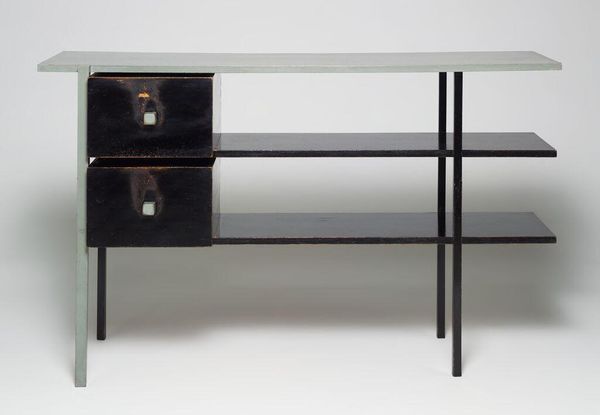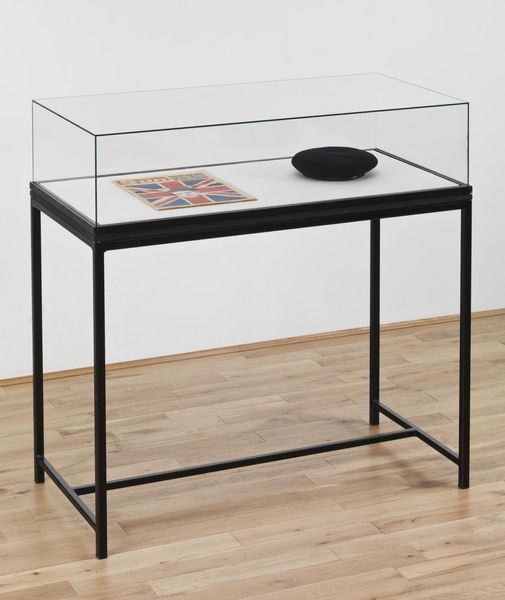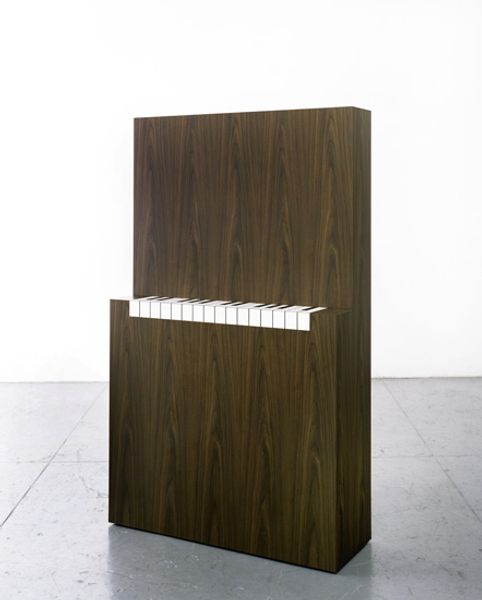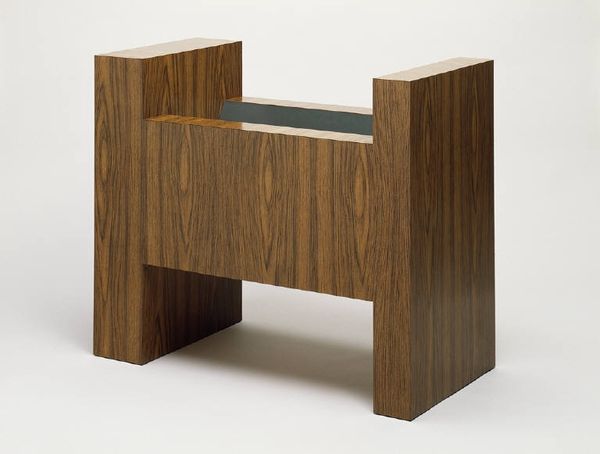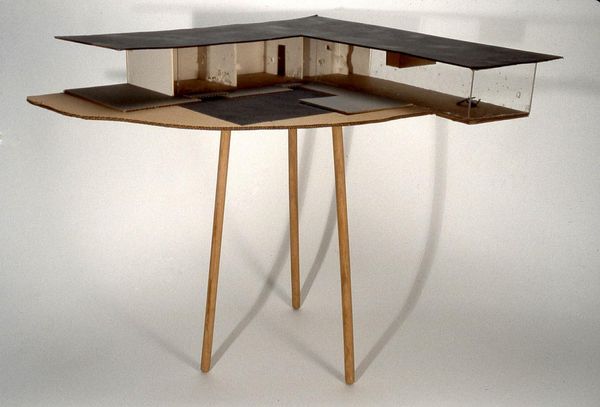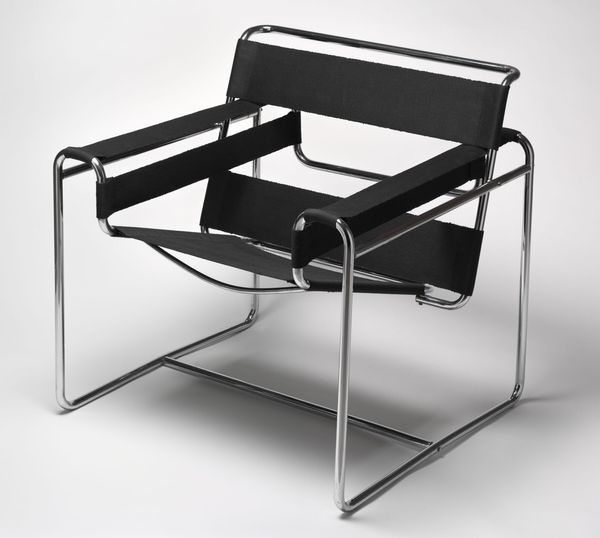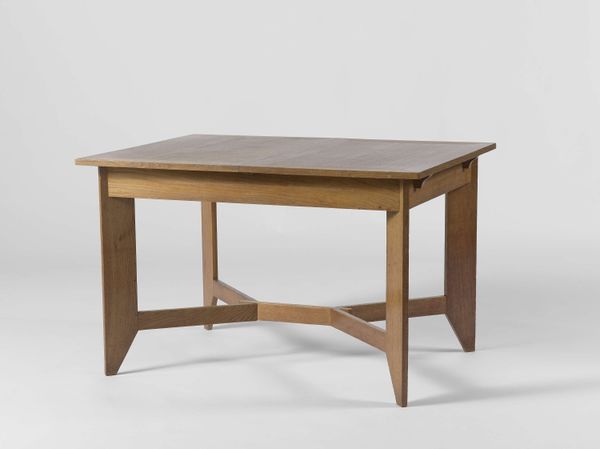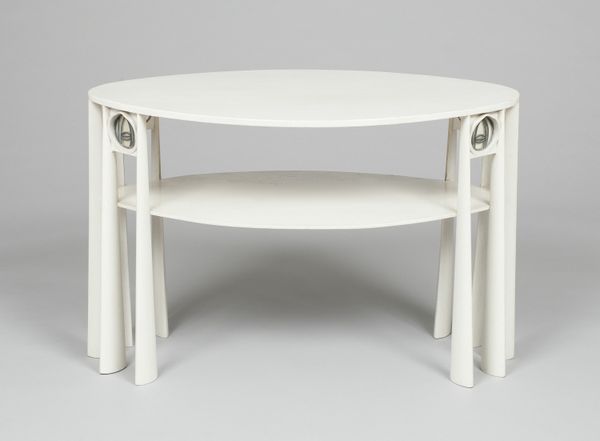
Copyright: Carsten Nicolai,Fair Use
Editor: Here we have Carsten Nicolai's "aoyama spaces, models for a performance of light and sound" created in 2009. The materials listed include metal, wood and it's site-specific. It's stark, almost sterile, in its geometric simplicity, but that single line of light draws you in. What are your thoughts on this work? Curator: This piece, particularly given its title referencing performance, calls attention to its own making. The visible joints, the somewhat raw, industrial metal supports juxtaposed against the smoothly finished box – it’s a study in material contrasts and labor. It presents a very constructed reality. Editor: So, the focus is on the materiality and how it's assembled? Curator: Precisely. The materials, though simple – wood, metal, light – are employed to create a highly specific visual and spatial experience. Consider the labor involved: the cutting, the welding, the precise calibration of light. Nicolai isn't just presenting an image; he's presenting a process, and challenging traditional distinctions between craftsmanship and high art. How do you think that connects with its conceptual nature? Editor: Well, if it’s all about the process, the 'concept' is almost the method of production, right? It's not just about what it *looks* like, but *how* it came to be? Curator: Exactly. And this invites us to question the systems of value that we impose on art, and consider the social context of its creation, like artist intention and the division of labor that informs these industrial materials. It demands an awareness beyond pure aesthetics, wouldn’t you say? Editor: I see your point. Thinking about it now, the ‘performance’ in the title maybe speaks to the object as something manufactured and constructed to create an aesthetic event rather than as a static, untouchable piece. Thanks! Curator: Indeed. It reframes our understanding. Considering process illuminates new pathways for appreciating the work.
Comments
No comments
Be the first to comment and join the conversation on the ultimate creative platform.
